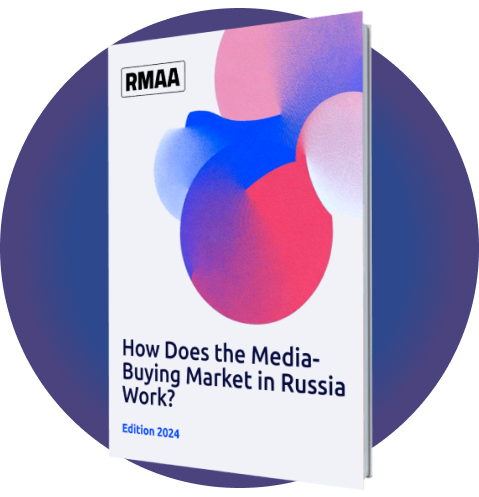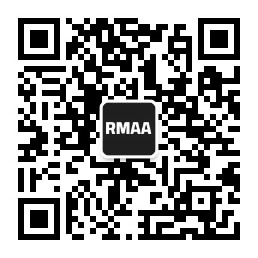Blog about successful marketing strategies in russia
How Digital Formats Help Boost OOH Efficiency


MEDIA BUYING
Share this Post
There was a unique phenomenon for the industry in 2020—out-of-home advertising was deprived of its audience, and this backfired on the advertising revenue. OOH sales hit the lowest reading during the lockdown (April, May, June). According to the Russian Association of Communication Agencies (AKAR), the OOH advertising volume dropped by 30% in the first half of 2020, while the OOH traffic would reduce three or four times in certain months. At year-end, the decline in the OOH segment was 27%, where most losses were in cinema ads (-70%) and indoor ads (-50%), the revenue from transit media dropped by 38% and one from outdoor advertising by 22%.
The DOOH (digital out-of-home) market is actively developing in Russia. Its decline in 2020, as estimated by AdMetrix, was only 8% vs. 31% of the traditional inventory.
RMAA Group provides OOH services all over Russia and in the CIS countries.
OOH Development Triggers
Given the situation, companies started paying more attention to their digital inventory. At that, the digitalization trend in OOH began to show in Russia as far back as 2019. The COVID-19 pandemic and the associated lockdown period became a catalyst for development of this segment and transition from traditional static advertising media to more innovative DOOH. New DCP platforms emerge in the market and offer programmatic buying of OOH. Everything points to paying for target impressions only.
The DOOH segment is on the upswing in Russia. According to AdMetrix, the share of advertisers' related expenses is 41% in Moscow, 31% in Saint Petersburg, and 27% in Russian regions. Along with the increase in the DOOH share, the number of players in the market is growing, too.
Amid the crisis and alternating restrictions, advertisers preferred to take advantage of digital formats, with an opportunity to suspend or alter the campaign at any time, to adjust the budget and to optimize it by means of spot targeting. Everything seems to suggest that digital formats are what will become a basis for growth of the whole Russian out-of-home in 2021.
OOH Development Trends
The most remarkable trends in the out-of-home market are:
- inventory digitalization and endeavours to process audience data obtained through the use of wi-fi, smart cameras, geodata from smartphones;
- mergers and amalgamations of market players;
- placement flexibility: prompt changes of layouts, test placement with various scenarios, launch of campaigns within short timeframes across the country and for different periods and so on;
- personalization and nativeness of adverts.
Room for DOOH improvement in Russia:
- media coverage maintenance—the number of advertising structures in town must be sufficient to ensure the reach and the required exposure frequency. The structures must be available at the location of the target audience;
- attention-getting—operators should by all means encourage those advertisers who provide noteworthy, out-of-the-box ads, as well as fill in remnant blocks with, for instance, information that is engaging for citizens to heighten the interest of the potential target audience in the update on the structure;
- technological development—not only for examination of profiles of those near the OOH structure, but also for provision of accurate data about those who have really seen the ad;
- audience retargeting—data collection and real-time audience traffic analysis, its digital retargeting in order to personalize the ad seen. For example, SYNAPS is able to analyze traffic in front of digital supersites and adapts the content placed in real time (at this point, to drivers only).
Thanks to new technologies, which development was stimulated by customers' inquiries, and an increasing role of SSP platforms (Addreality, VDOOH, liqvid, DOOH ADS and others), out-of-home is completely integrated into digital split now.
The ultimate trend of 2020 became a wish of advertisers to evaluate effectiveness of campaigns and marketing investments, hence the growth of wi-fi radars on digital billboards of operators. They collect huge amounts of data, on the basis of which, after the third-party enrichment, one can effectively target adverts and analyze the campaigns' success. The information acquired can be combined with data from other sources: telephone numbers, cash register equipment data, cookies etc. By so doing, advertisers have got tools to optimize their expenditures in the economic decline period.
Join 2,000+
of your Peers!
You will be the first to know about Russian marketing insights, news and updates from our agency. Stay tuned!
Get our latest articles delivered to your email inbox and get our exclusive White Paper
"A media buyer's quick guide for effective work in Russia"
for FREE!
How does the Media Buying Market in Russia Work?
Navigating the Media Buying System in Russia

Ready to partner with the specialists in Russian marketing and advertising?
About the Author
Head of Digital, editor-in-chief of the RMAA Agency Blog
Join 2,000+ of your Peers!
Get our latest articles delivered to your email inbox and get our exclusive White Paper "A media buyer's quick guide for effective work in Russia?" for FREE!
You will be the first to know about Russian marketing insights,
news and updates from our agency.
Stay tuned!
We're updating our website's design step by step, so some pages may look different. Thank you for your understanding.
Got it














